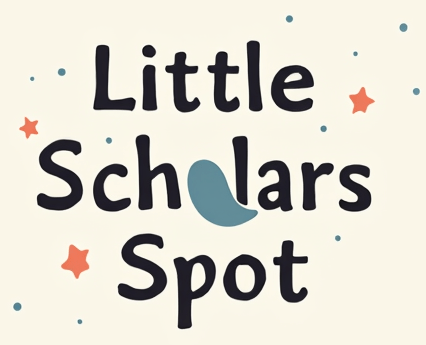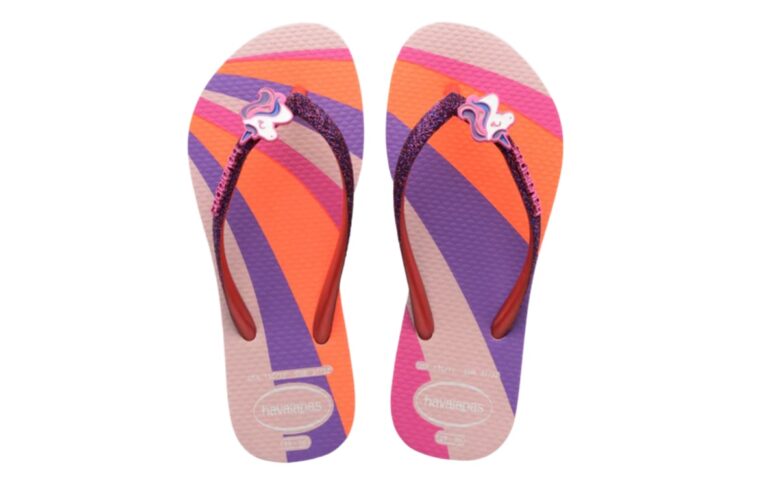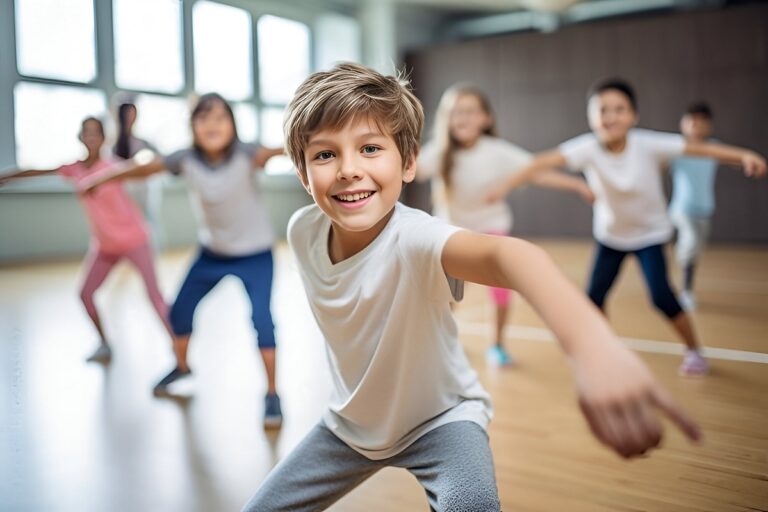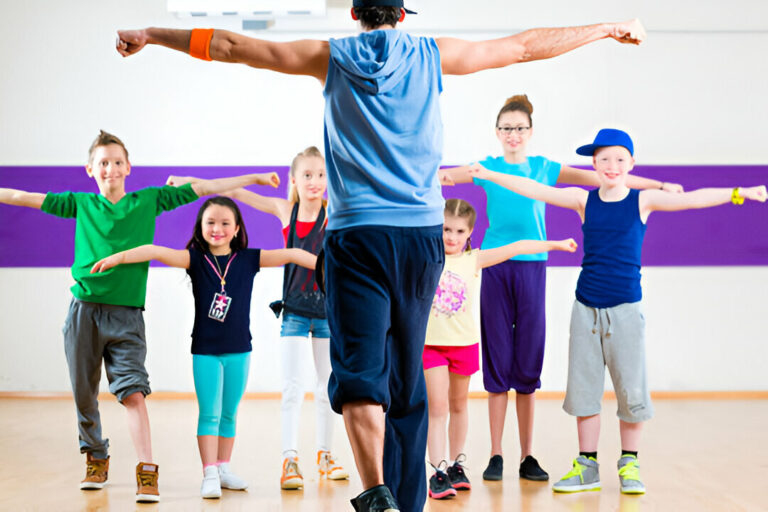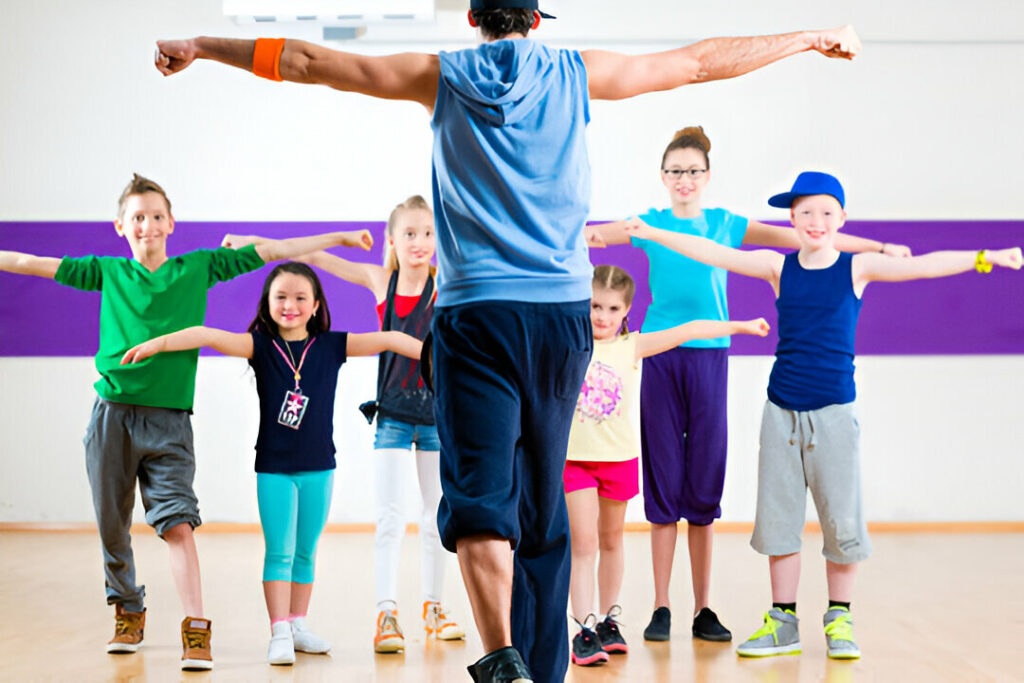
Have you ever felt stuck in a creative rut? Sometimes, the best ideas don’t come while sitting at a desk but when you’re moving your body. Dancing, often seen as pure entertainment or exercise, can be a powerful tool for creativity. Whether you’re a seasoned dancer or someone who grooves in the kitchen, letting your body flow can help free your mind. So, how does Dance for Creativity work? Let’s dive in.
The Connection Between Dance and Creativity
Dancing is more than just physical movement; it’s an expression of ideas and emotions. When you dance, you’re telling a story without words. This act of storytelling stimulates the brain and encourages divergent thinking—the kind of thinking that helps generate unique ideas.
Why Movement Sparks Innovation
Think about it: when you’re stuck on a problem, what do you usually do? Many people pace or move around to clear their heads. That’s because movement helps break the monotony, allowing your brain to form new connections. Dancing amplifies this effect by engaging both your body and your imagination.
Dancing as a Form of Meditation
Ever heard of being “in the zone”? Dancing creates a similar state of mindfulness. When you lose yourself in the rhythm, your mind lets go of stress and overthinking. It’s like hitting a reset button, clearing the way for fresh ideas to emerge.
How to Use Dance for Problem-Solving
Got a tough decision to make or a tricky problem to solve? Try dancing it out. As you move, visualize the issue at hand. Sometimes, the solution comes not from overanalyzing but from letting your subconscious take over.
The Science Behind Dancing and Thinking
Studies have shown that dancing increases blood flow to the brain, which enhances cognitive function. It also boosts the production of dopamine and endorphins, chemicals associated with happiness and creativity. Simply put, dancing makes your brain work better.
Famous Creative Minds Who Dance
Did you know that Einstein loved to play the violin and often danced to unwind? Many successful people, from artists to entrepreneurs, use dance as a creative outlet. It’s a testament to how movement fuels innovation.
Dance Exercises to Boost Creativity
Not sure where to start? Here are some simple dance exercises:
- Freestyle Movement: Put on your favorite song and let your body move however it wants. No rules, just flow.
- Mirroring: Dance in front of a mirror or with a partner, mimicking movements to build awareness and spark ideas.
- Theme Dancing: Pick a theme or emotion (like joy or curiosity) and express it through movement.
Benefits Beyond Creativity
Dancing doesn’t just boost your creativity; it also improves your physical health, reduces stress, and builds confidence. These benefits contribute to a happier, more balanced life, which in turn enhances your creative abilities.
Breaking Through Mental Blocks
Feeling stuck? Dancing can help you break through mental blocks. By shifting your focus from the problem to the rhythm, you create space for inspiration to strike.
Incorporating Dance into Your Routine
You don’t need a studio or special equipment to dance. Whether it’s a morning dance session to start your day or a quick groove break during work, make it a habit. Consistency is key to reaping the creative benefits of dance.
Dance for Creativity: Tips for Beginners
If you’re new to dancing, don’t worry about technique. Focus on having fun and moving freely. Remember, there’s no right or wrong way to dance for creativity.
Expressing Emotions Through Dance
Dancing is a powerful way to channel your emotions. Whether you’re happy, sad, or frustrated, expressing those feelings through movement can lead to profound creative insights.
Group Dancing vs. Solo Dancing
Dancing alone allows for self-reflection, while dancing in a group fosters collaboration and shared energy. Both have unique benefits for creativity, so mix it up!
The Role of Music in Inspiring Ideas
Music sets the tone for your dance and sparks your imagination. Choose tunes that resonate with your mood or the kind of ideas you want to generate.
Overcoming the Fear of Dancing
Worried about looking silly? Remember, the goal isn’t perfection—it’s expression. Let go of self-judgment and embrace the freedom that dancing offers.
Key Takeaways:
- Dancing Enhances Creativity
Movement engages the body and mind, promotes divergent thinking, and reduces stress, enabling fresh, innovative ideas to emerge. - No Expertise Required
Beginners can benefit from Dance for Creativity; the focus is on freedom of expression, not technical skill. - Music as a Creative Catalyst
Choose music that resonates with your emotions or aligns with the type of ideas you want to generate for an enhanced creative experience. - Solo and Group Dancing
Dancing alone fosters introspection and self-expression, while group dancing encourages collaboration and shared creative energy. - Regular Practice Yields Results
Incorporating dance into your routine—even in short sessions—can lead to significant boosts in creativity and overall well-being.
Dance isn’t just a physical activity; it’s a gateway to creativity. By moving your body, you free your mind to think in new and innovative ways. Whether you’re dancing solo in your living room or joining a group class, the key is to let go and enjoy the process. So, next time you’re feeling stuck, put on your favorite song and let the dance floor (or kitchen floor!) become your creative playground.
How does dancing enhance creativity?
Dancing engages your body and mind, promoting divergent thinking and reducing stress, which helps generate fresh ideas.
Can beginners benefit from Dance for Creativity?
Absolutely! You don’t need to be a pro. Simply moving to music can unlock your creative potential.
What type of music is best for Dance for Creativity?
Choose music that resonates with your emotions or the type of ideas you want to explore.
Is group dancing better than solo dancing for creativity?
Both have unique benefits. Solo dancing allows for self-expression, while group dancing fosters collaboration and shared energy.
How often should I dance to boost creativity?
Consistency is key. Aim for a few sessions per week, even if they’re just short dance breaks.
